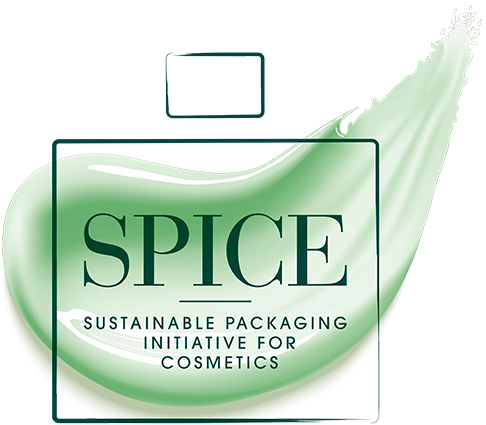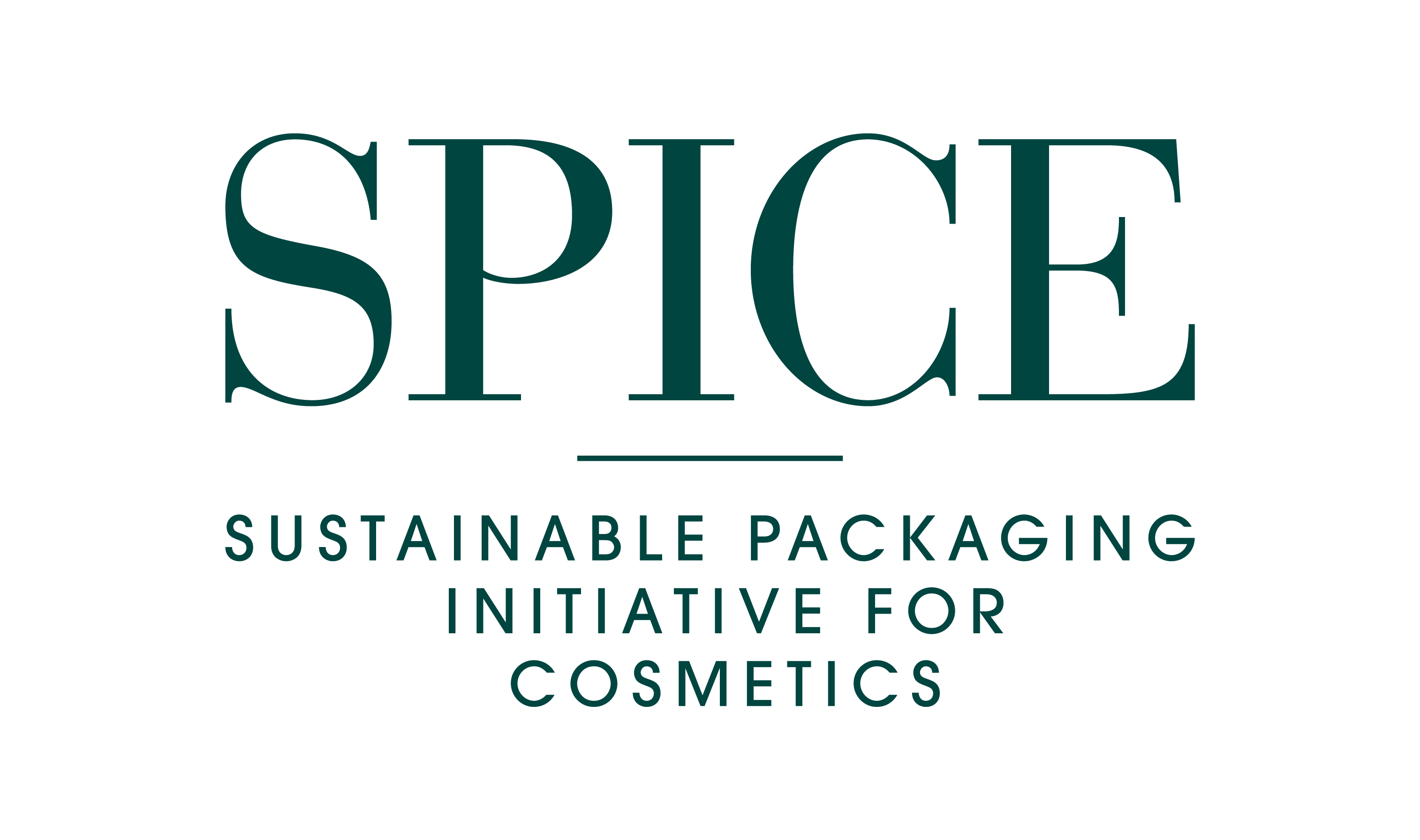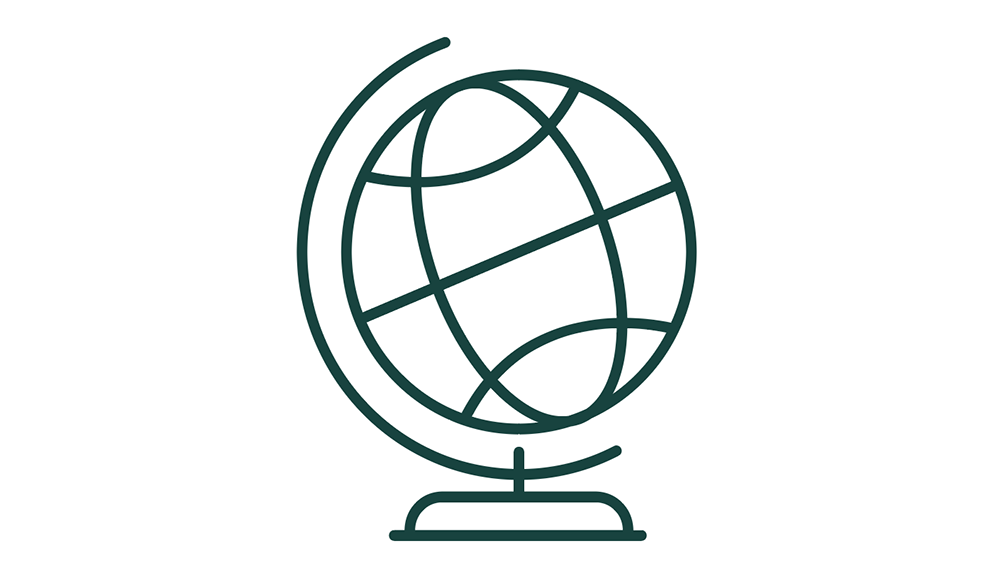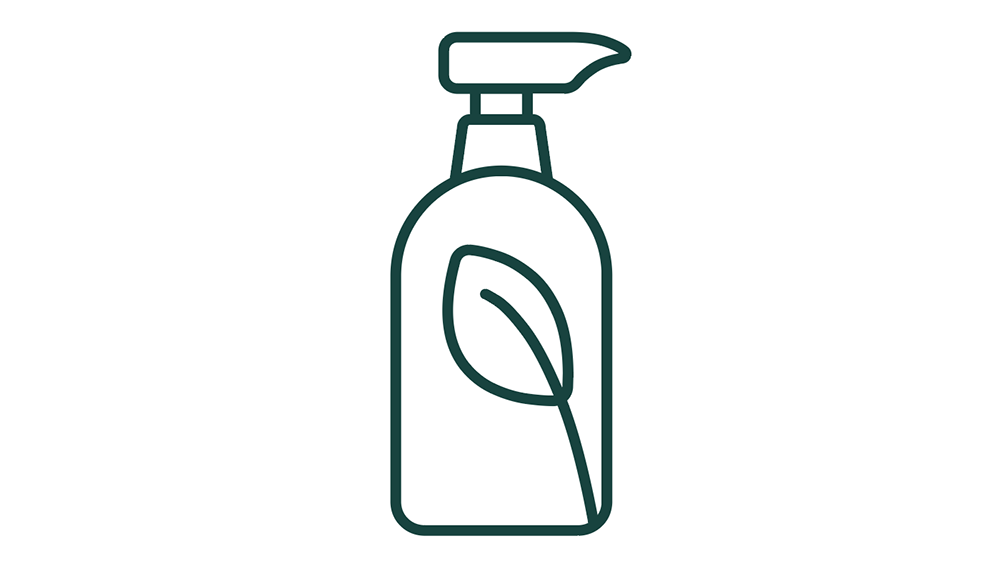A sustainable future for beauty.
Rapid changes in consumer behavior and global economic expansion are putting unprecedented strain on the planet. Cosmetics brands are stepping up to the challenge, meeting consumer and regulatory expectations, and making ambitious commitments to work towards a thriving future for beauty.
Packaging is a key lever to act on sustainability. Yet cosmetics companies face considerable methodological challenges when measuring, tracking progress and communicating on the environmental footprint of their packaging.
SPICE develops the solutions to overcome these challenges.
United by a strong ambition.
In May 2018, L’Oréal and Quantis launched SPICE, a pre-competitive initiative that now includes 29 global cosmetics brands and organizations along the packaging value chain. Together, SPICE members co-create methodologies and tools to drive the future of sustainable packaging for cosmetics. SPICE allows the cosmetics sector to make significant progress in three key areas:
What SPICE delivers.
1. Comprehensive and scientific footprinting methodology
2. Proof of concept through case studies
3. User-friendly ecodesign tool for decision-making
4. Multi-indicator and sector-specific environmental database
5. Environmental claims guidance for credible communications

In 2019, SPICE delivered a comprehensive, science-driven, publicly available methodology for assessing the environmental impact of any cosmetics packaging across the product’s life cycle.
The guidelines provide in depth insights
on 8 measurement challenges and opportunities:
RECYCLED MATERIALS
By using recycled materials for the production of new packaging products, the extraction of primary (virgin), resources can be avoided. Recycled materials still require energy and raw materials to be produced, but when the environmental benefits outweigh the impacts, they can serve as a significant driver for eco-design. Several accounting methods currently exist that take into account the use of recycled materials in a product’s environmental footprint.
RENEWABLY SOURCED PLASTICS
Derived partially or entirely from renewable biomass sources (e.g. food crops, agricultural co-products, algae or waste), bio-based plastics offer a viable alternative to conventional fossil-based plastics. Not only can they help prevent the extraction of fossil feedstocks, but they also have the potential to prevent the release of carbon emissions at the end-of-life phase. Bio-based plastics do, however, have the potential to produce negative impacts. The production of bio-based feedstocks requires land, energy and natural resources such as water. The environmental footprint of bio-based plastics is, therefore, dependent upon a wide variety of factors, which will be explored in depth by SPICE to provide a clearer understanding of the impacts of various generations of bio-based polymers.
FINISHING AND DECORATING PROCESSES
This phase of packaging production is often overlooked in environmental footprinting efforts despite it being energy and/or material intensive. Robust metrics are needed to have a clear understanding of the impacts attributed to these processes.
TERTIARY PACK AND DISTRIBUTION
Tertiary packaging, such as shrink wrap and wood pallets, plays a vital role in preventing damage to products but it is also a major source of waste. By optimizing tertiary packaging, we can minimize waste and resource use. This will require considering tertiary packaging — and distribution — as integral components of a product’s life cycle and establishing a way to incorporate them into footprint assessments.
MULTIPLE USE PACKAGING
These circular approaches to packaging offer a way to reduce the impacts of each functional unit. In this area, the SPICE initiative will work to create a common definition of these concepts, as well as a method for measuring their impacts.
TAKEBACK PROGRAMS
Programs that call for the collection of used products for the purpose of reusing either the packaging itself (see REUSABLE PACKAGING) or the materials it contains (see RECYCLED MATERIALS).
RECYCLABILITY
Certain material combinations and substances are considered to be “disruptors” to the recycling process, meaning they prevent packaging from being recycled. The definition of a disruptor depends on the sorting technology in question and the existence of recycling routes. Discussions around this topic should cover a list of disruptors in order to clearly identify them, properly describe how a material is handled at the end of its life, as well as how to promote well-adapted recycling systems.
END-OF-LIFE STREAMS PER COUNTRY
The most common end-of-life streams for packaging are landfill, incineration (with or without energy recovery) and recycling. However, where any given unit of packaging ends up largely depends on the local context (existing recycling technologies, recycling routes, type of materials and shape). To minimize impacts, a shared database of end-of-life scenarios for each country should be created.




